First of all, nowadays, most people have more than one pair of skis. Even kids usually have more than one pair of skis.
This has transfered to telemark too. And it allows skis to perform very well in specific conditions, and not so well in others.
So we have seen telemark skiers having 2-3 pairs of skis to choose from depending the conditions.
It’s been a few seasons since I have not changed my ski quiver. Here is my list at the start of the 2024-2025 of skis and why I have them. It will definitely change during the season as I try different ski setup.
For me, I choose ski not only depending conditons but mainly by activities. My season is divided into four categories:
- Ski Patrol – If I only had one ski, it would be in this category. I do less and less every year now. I used to work full time and ski around 100 days patrolling. Now, I usually work as a ski patroller around 10-15 times, mainly in December and January. I will almost always use my Bishop Gonzo with the BMF3 binding. I love the carving ability of this ski AND it’s very good in moguls and tree skiing. 90mm is perfect for the Eastern Canada conditions. BMF3 is by far the best resort binding, in my opinion. Easy step in, very adjustable feeling and tension, durable. This year, I will try the new Gonzo 2025 version and I want to try the new L5S1 87 ski from Switzerland. I think this will make for an interesting ski test for you guys.
- Travelling and telemark week seminar – I don’t publicize this but every year I travel to give telemark seminars to the Telemark Tribe and I travel to ski with my family. Anyhow, I end up in the likes of Whistler or Revelstoke Canada to telemark. I like a one quiver ski for those adventures, and I choose the Black Diamond Impulse 98 with the Meidjo binding. I really like this 98mm ski that is heavy, damp and super predictable. It allows me to ski all the conditions, go fast and have fun. It is wide enough to float somewhat in powder, it is still okay for groomers and such. It’s only in moguls that I find it’s a bit big and heavy to be nimble. A true Western Canada one ski quiver for telemark. The Meidjo is the best telemark binding on the market period. Touring capacities of the tech toes, light, very adjustable feeling (Second only to the Bishop BMF). But like all tech binding, the stepin is not the best for ski patrolling because we need to remove ski every 2 minutes. In a steep icy slope, tech binding are just a pain to step in or out. So Meidjo serves me well for anything but ski patrolling.
- Telemark instructor – I’m more and more into telemark instructor activies with CANSI. This year, I’ll be taking my CANSI Telemark Level 4. You can follow my process on this blog as I untend to share my journey along the way. I will also give my first CANSI level 1 as a rooky. For this, I have skied a soft Salomon slalom (SL) skis for the last 8 years with the Rottefella Freeride. It’s a great combo but now the skis are dead and the binding as well. I will try two slalom skis this season: the same (soft) Salomon slalom ski but newer, and a Rossignol stiffer (stiff as hell) FIS version. To have both skis in my quiver, I have a friend making some aluminum base plate that will allow me to mount the Bishop BMF3. I wanted to go with the BMF instead of the Freeride because of the feeling the BMF gives. It’s more progressive compare to the on-off feeling of the Freeride. Bishop makes a mounting plate called the switch plate HD 3.0. This works great for all skis except slalom skis which need to have a higher plate under the binding to avoid boot drag when edging. Thus my friend machining some higher plates for me. I could ski the Meidjo but the 10 screws needed to mount the skis would be too much of a pain to switch the binding from one ski to another. For 100% on-piste, the BMF is the perfect binding in many regards. This is going to be a fun category for me to test. Can’t wait to see if I’ll be able to ski a real FIS (super stiff) ski or not. This category of skis is the first one I would remove from my quiver if I had too. The Slalom skis are so specialized to groomed runs only. It’s a fun and easy ski, but so limited.
- Guiding – I’ve now been guiding for 8 years. It’s taken more and more time in my schedule and I now guide full time from February to March for a company called Vertigo Aventures in the Chic-Chocs Canada. This place is surreal and the conditions are almost always very very good. I think the snow looks like what we find in the western Canadian Rookies (Kicking Horse). Cold dense snow that gives support on the steeps but also allows for face shots. Anyway, I have been skiing the same iteration since 2016, the Black Diamond Helio 115. This big pow super light carbon ski is my favorite ski in the line up. I’ve tried many other option, but I always come back to this one. It skis SO good even if the conditions are not 100% perfect. I mount this with the Meidjo and the alpine heelset. This combo allows me to tour super well, to telemark whenever I want and to lock the heel to alpine when the conditions are harder. Guiding is a different beast and having the option to alpine is such a relief. Before this I would ski tour for me, with friends. But guiding 7 to 10 days in a row, with a heavier pack is hard on the body. The Alpine Heelset from Meidjo is a safety. And I love the peace of mind it gives me. The combo with the Helio 115 is just the best backcountry ski I’ve ever had. I’d like to note that I’ve tried a few 105ish skis in this category and I have always found them to be not big enough for powder. I’m a big guy and I feel that I need at least a 108mm to enjoy the backcountry.
So these are my 4 categories. As you can see, my quiver is quite unique and applies mainly to me in this crazy schedule I have. Yes, it’s a lot of skis, but I ski a lot. Just to put this in perspective, I usually ski every day of the season but travel days.
If I could only have 2 skis, I would take the Gonzo+BMF3 and the Helio 115+Meidjo.
If I could only have one, I would take the Black Diamond Impulse 98+ Meidjo.
In the end, I feel that equipment is more complicated and specialized than before. Yes a ski like the Impulse 98 allows me to ski faster in open terrain, Yes the Helio 115 are so fun in powder, Yes the slalom skis are so fun (and easy) to carve.
I think that the one ski quiver research is not over. I think, for me in Quebec, Eastern Canada, It’s somewhere between the Gonzo and the Impiulse 98.
I’m still looking for the perfect all mountain ski and I will produce a few videos on this subject. I think this should be fun.
Also, I will continue to revisit older setups, just for fun. Stay tuned for that as well
I hope you like this kind of content. If you have any questions, please ask. Best way is the subscribe to my newsletter.
Next I think I will more indepth on bindings.
Cheers
Rene-Martin
If I’ve helped you in any way, consider helping me by becoming a patreon here
https://www.patreon.com/absolutetelemark


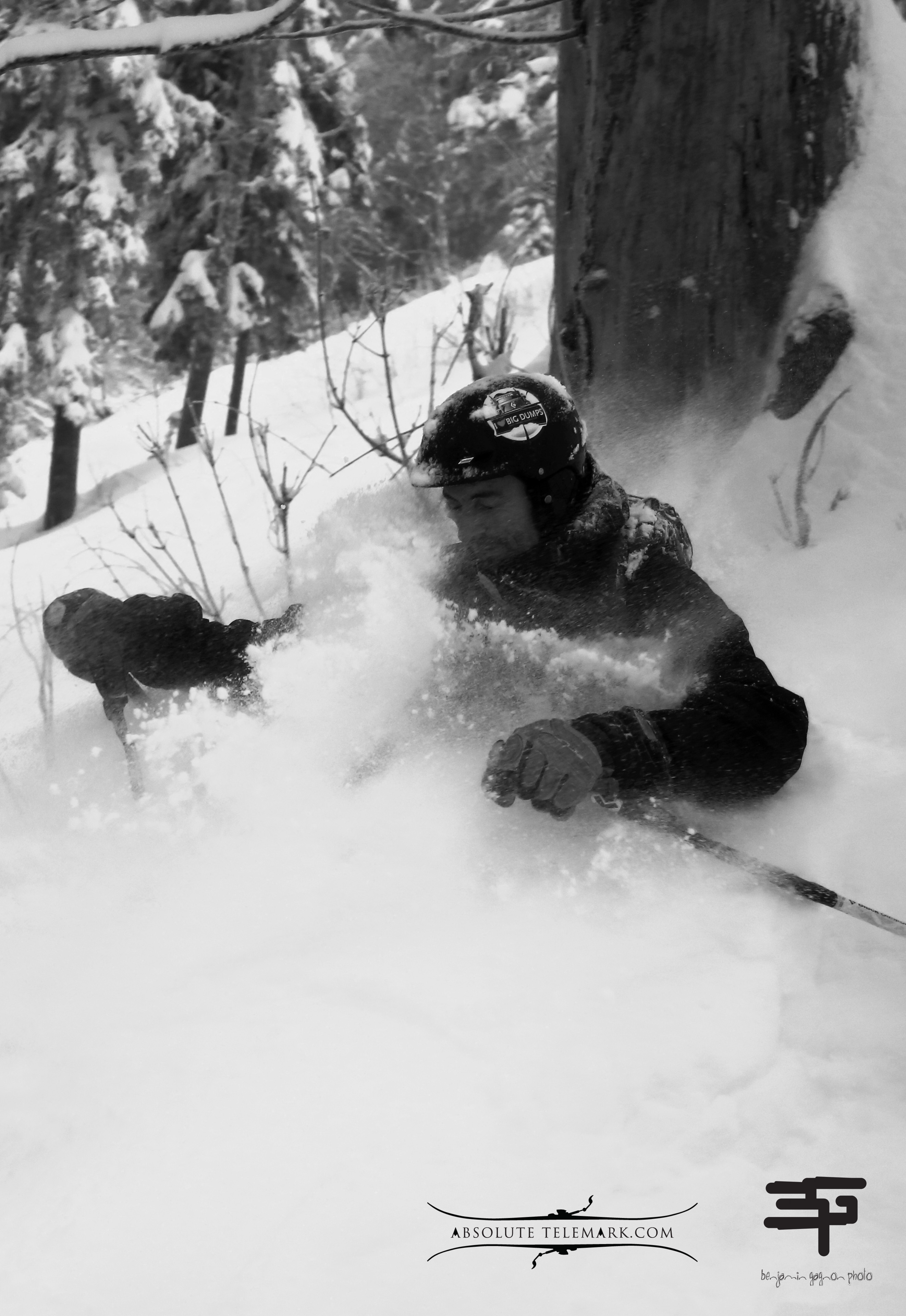




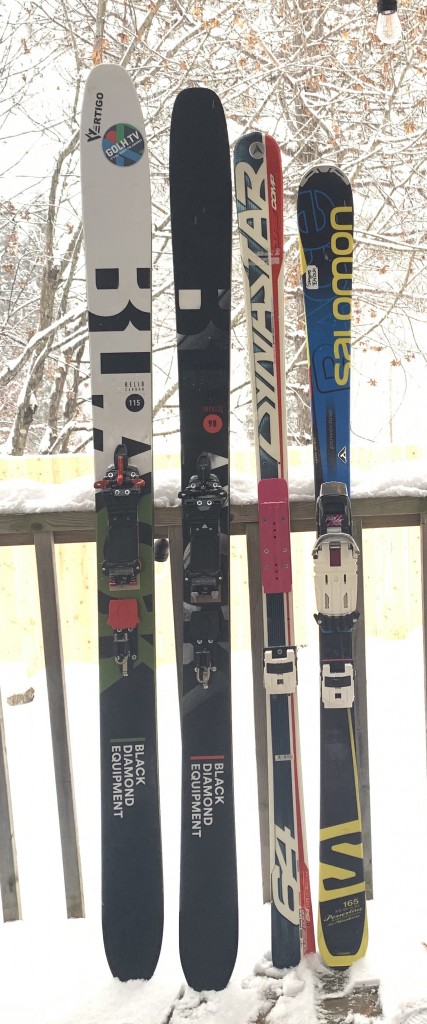
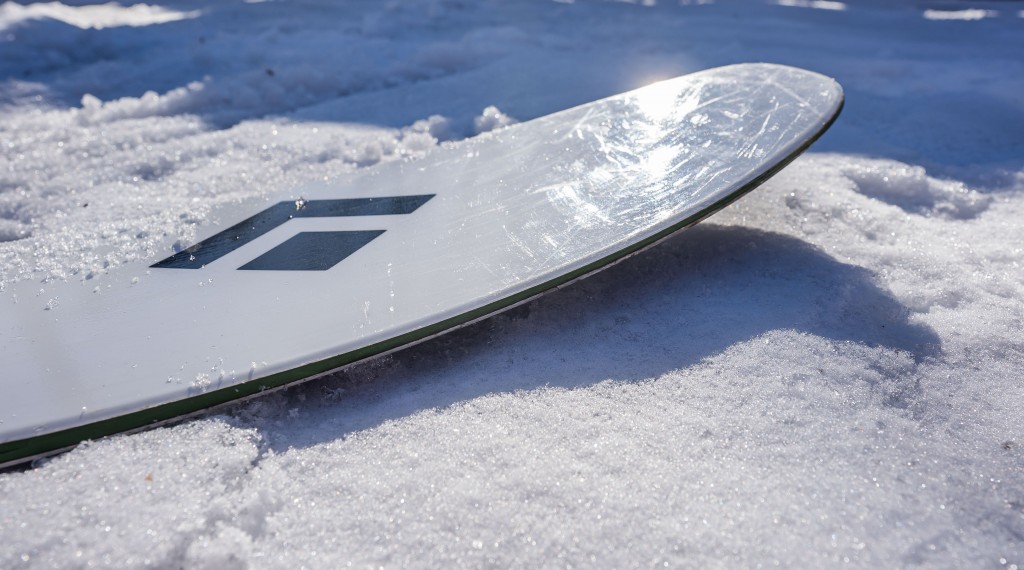
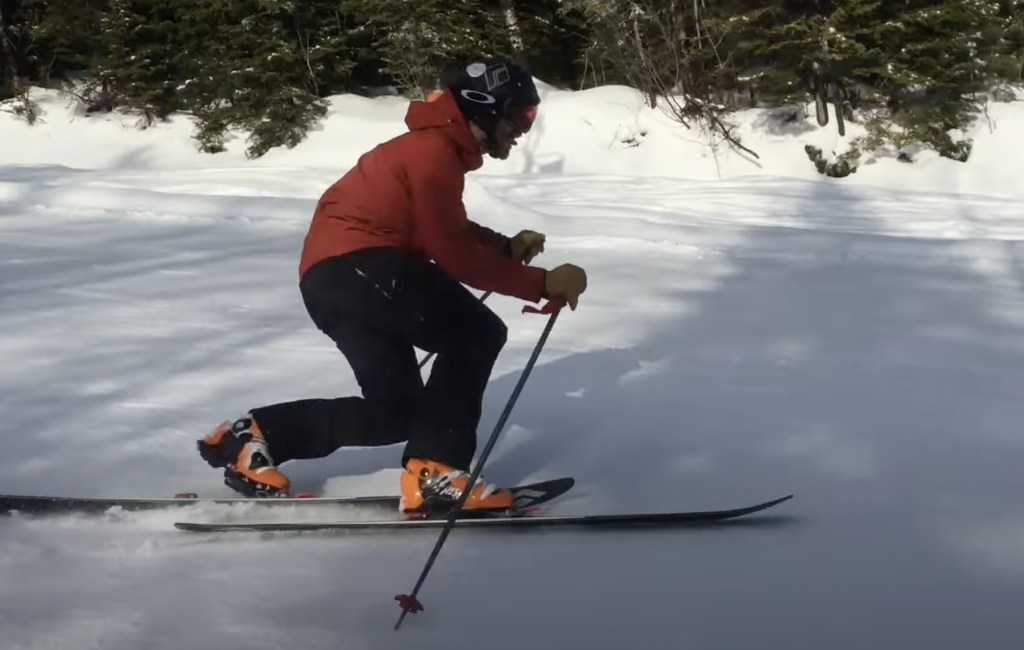
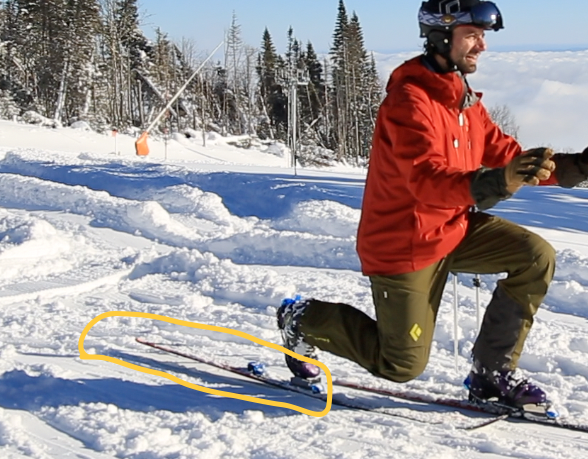
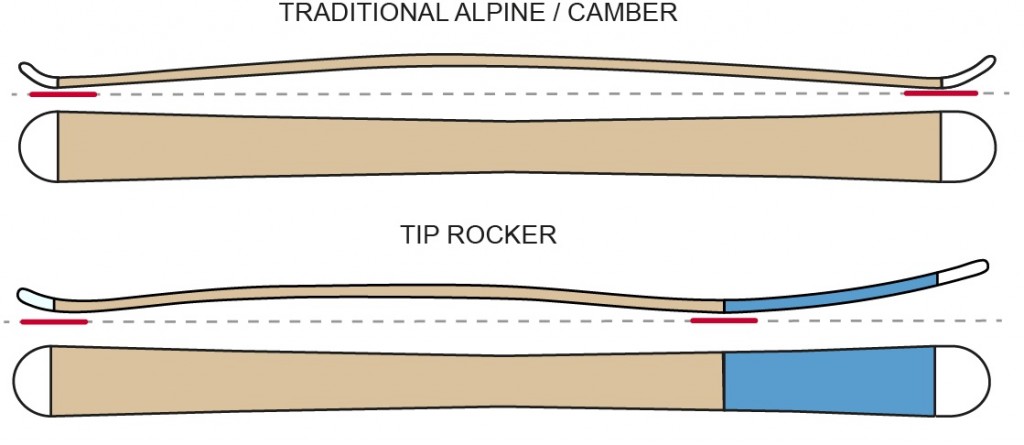
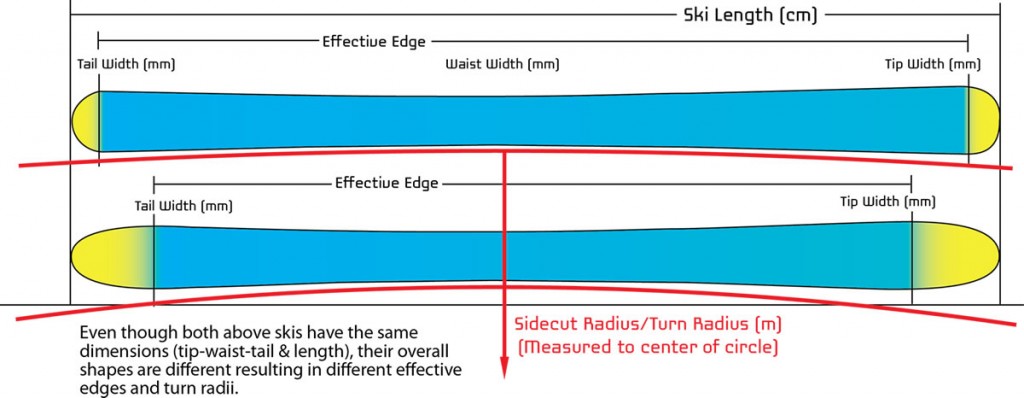

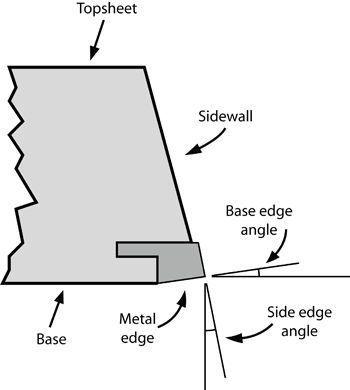
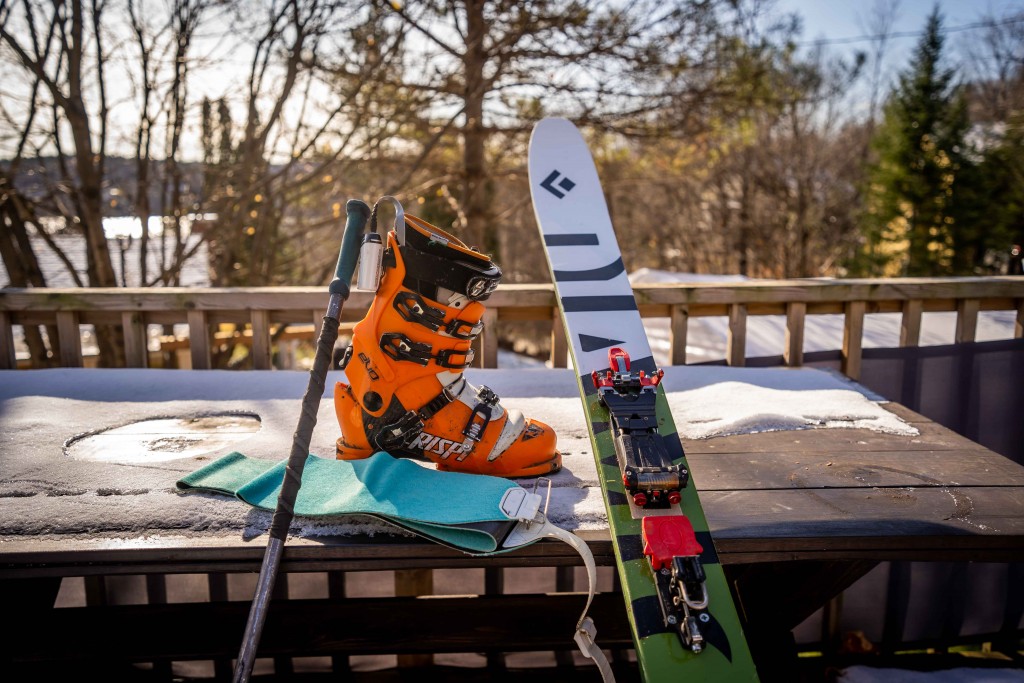
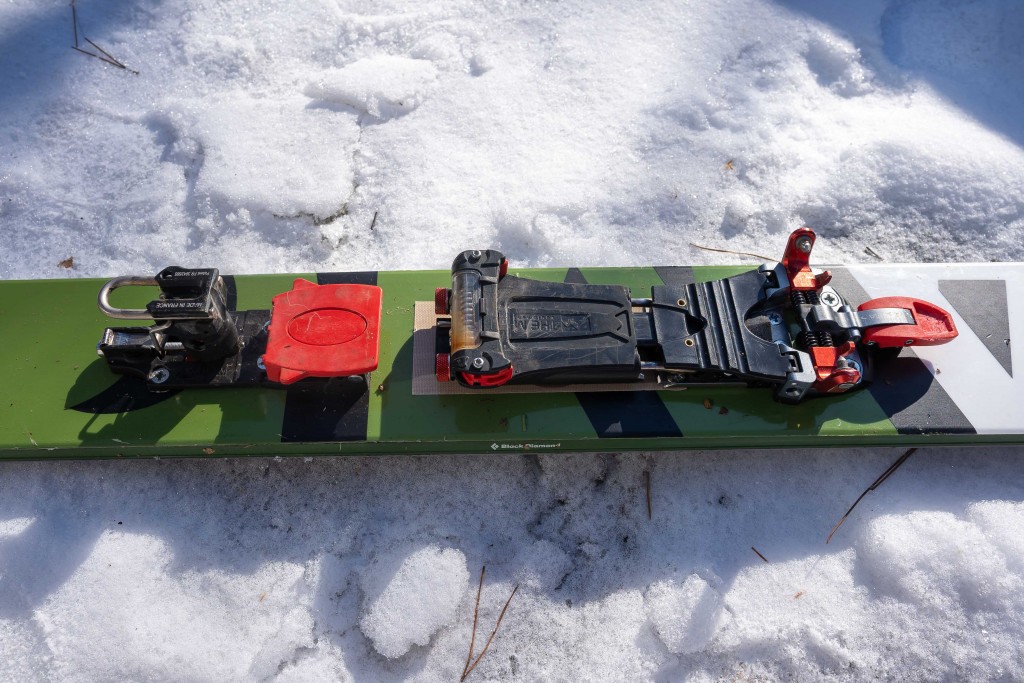
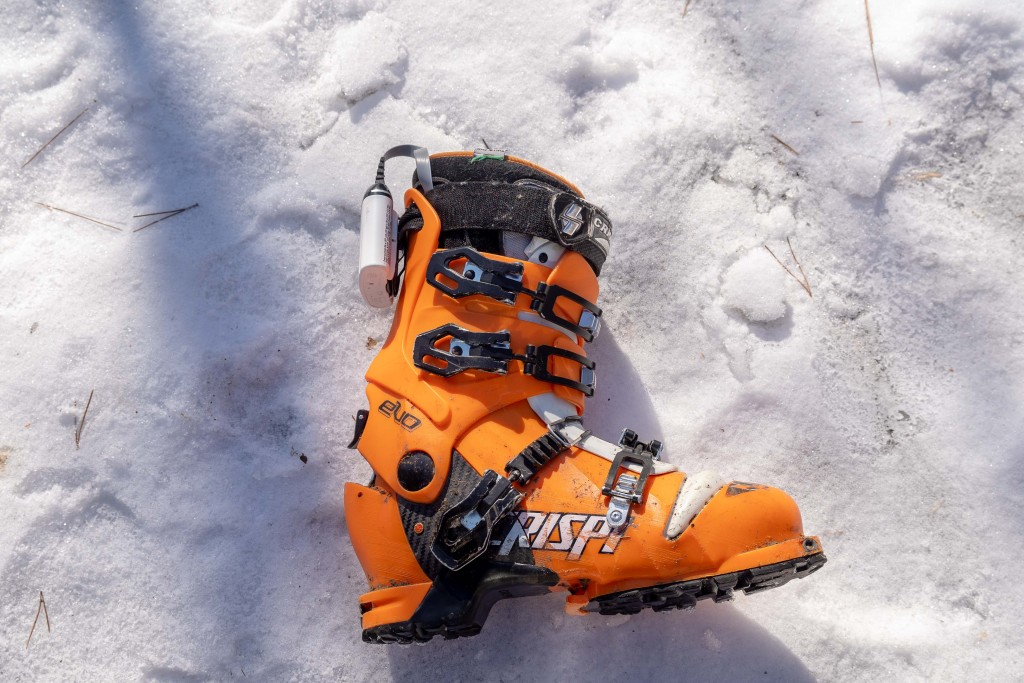

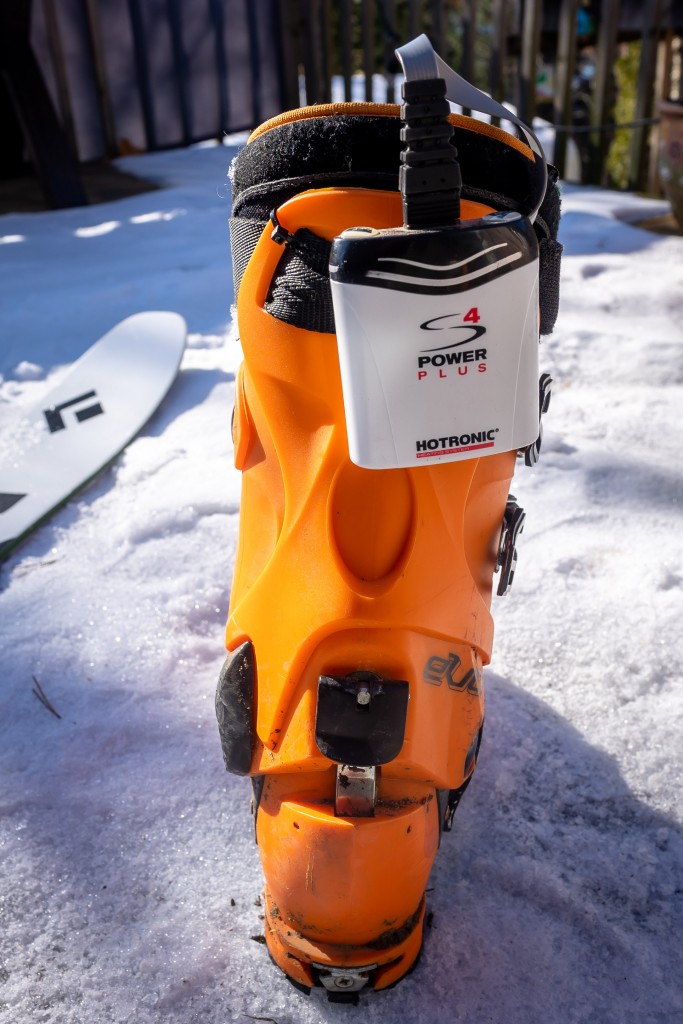
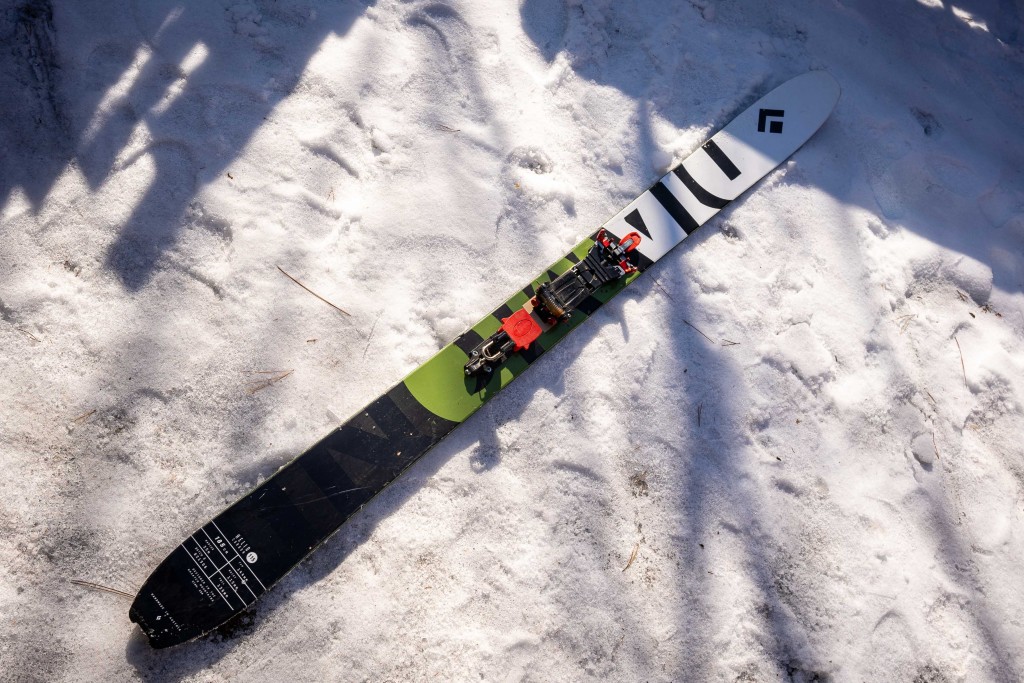

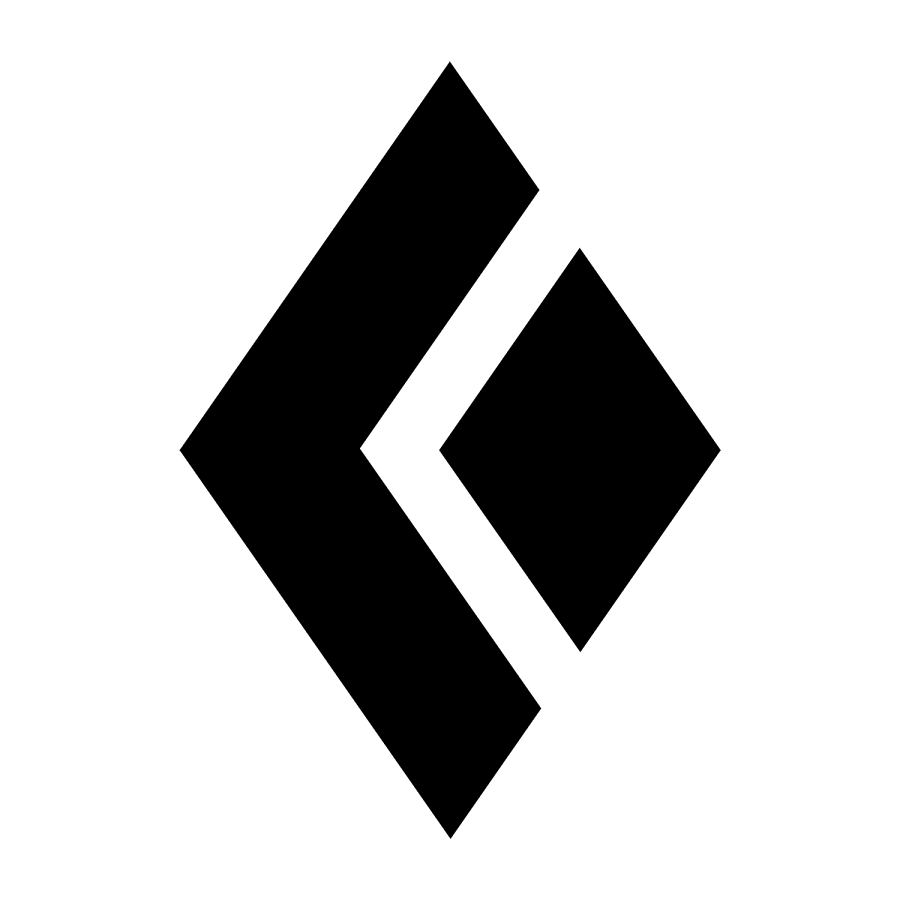
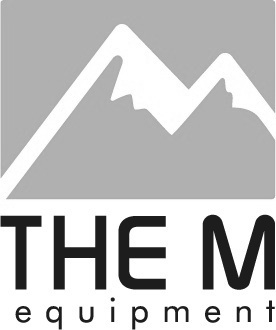


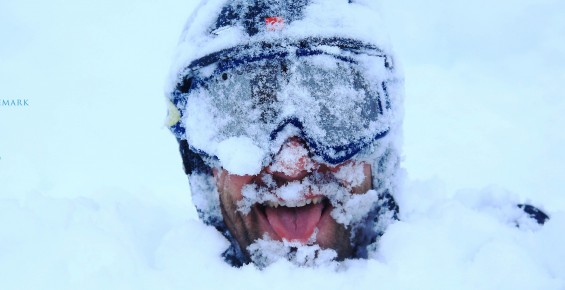
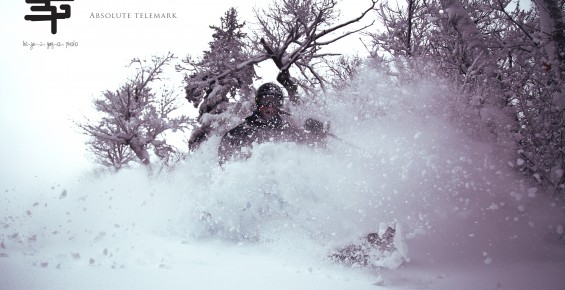

What others think about it